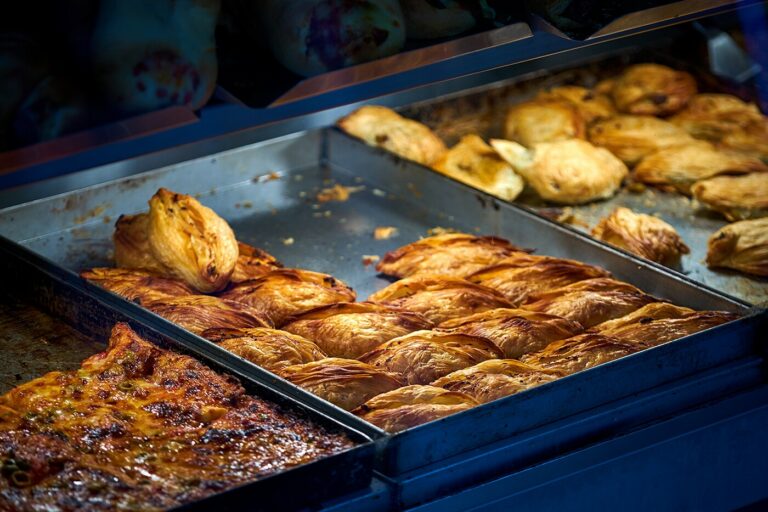Introduction: Maltese Cuisine
Maltese cuisine is a reflection of the island’s rich history and culture, which has been shaped by various civilizations that have occupied the archipelago throughout the centuries. The cuisine of Malta is a blend of Mediterranean, Middle Eastern, and North African flavors, making it unique and diverse. The Maltese are known for their love of food, and their cuisine is an integral part of their identity.
Indigenous Ingredients in Maltese Cooking
Maltese cuisine features a variety of indigenous ingredients that have been used in cooking for centuries. One such ingredient is the prickly pear, or bajtar tax-xewk, which is a type of cactus fruit that is harvested in late summer and early autumn. The fruit is used in a variety of dishes, including jams, jellies, and sauces. Another indigenous ingredient is the Maltese sausage, or zalzett. This sausage is made from pork, and it is flavored with spices such as fennel and coriander.
Unique Flavors in Maltese Dishes
Maltese dishes are known for their unique flavors, which are a result of the island’s rich culinary heritage. One such flavor is the use of honey in savory dishes, which is a practice that dates back to the Middle Ages. Another unique flavor is the use of capers, which are commonly used in Maltese fish dishes. The capers are pickled in vinegar and used as a garnish or in sauces.
Influences on Maltese Gastronomy
The cuisine of Malta has been influenced by various civilizations that have inhabited the islands over the centuries. The Arabs introduced spices such as cumin and coriander, while the Sicilians brought their love of pasta and seafood to the island. The British also had an impact on Maltese cuisine, introducing dishes such as fish and chips and afternoon tea.
Traditional Maltese Dishes to Try
There are many traditional Maltese dishes that visitors should try when visiting the island. One such dish is rabbit stew, or stuffat tal-fenek, which is considered the national dish of Malta. Another popular dish is pastizzi, which are savory pastries filled with either ricotta cheese or mashed peas. Other must-try dishes include lampuki pie, which is a fish pie made with the local catch, and imqaret, which are sweet pastries filled with dates.
Conclusion: Exploring Maltese Cuisine
Maltese cuisine is a reflection of the island’s rich history and cultural influences. The use of indigenous ingredients and unique flavors make Maltese dishes distinct and flavorful. Exploring Maltese cuisine is a must for any visitor to the island, as it is an integral part of the Maltese identity.

